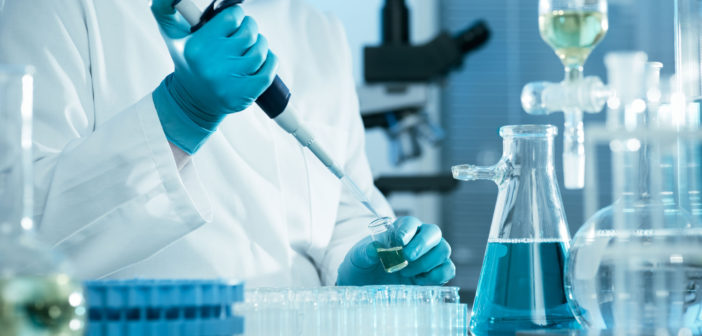From a scientific look at things, the laboratory staff expertise and instrumentation quality are of great importance. From the viewpoint of regulation, adherence to the good laboratory practices is key to the acceptability and compliance of the data. We never also miss expecting the management expectations for customer demands and return in investments that place quick turnaround times and a premium for efficiency without compromising data integrity and accuracy.
Although the electronic delivery tools are insignificant when you want to attain such goals, the most overlooked staff is sometimes is that these factors are impacted significantly and the process it promotes. Regardless of whether you are modifying an existing laboratory or designing a new one, the interaction of causative factors together with their impact to success has to be considered for greater achievement.
Commence from Scratch
With a laboratory space for development, you have the luxury to commence our design using a blank slate. In this case, you can take advantage of the numerous engineering capabilities to achieve an ideal relationship between the space, equipment, and the staff. A high-level sample flow figure is necessary to start the process through the identification of the primary pathway testing sample. In laboratory design, an invaluable factor is none other than the staff input.
Although the testing process can be defined by the standard definition procedures, the nuances used by the experienced technicians and scientists to facilitate efficient and accurate answers should be taken and captured in the planning process. The use of time of motion studies is another valuable aspect of laboratory design to determine the distance traveled by analysts as a process of testing this situation. This action often allows an evaluation of the potential effect of the location and the functional areas to improve accuracy and efficiency in the testing process. With such information, the floor design is also a basic concept of the data collection procedures and the actual sample flow to be developed.
LOC Scientific said, “After a basic flow is established, other relationships and factors can be evaluated with the inclusion of the myriad support system, staffing numbers, and the sample volume issues.” While capacity can be based on the historical number expectations, other considerations for future modification and expansion based on the customer growth expectations and business plans is inevitable. The capacity model development is used to determine the space storage instruments, the number of instruments, and the mechanical support issues such as fume hoods, glassware washing, and network connections such as the gas pipes.
Making Modifications
Although one of the important considerations is the sample flow, budgetary and physical impediments often limit the flexibility to modify the laboratory space. The existing facilities can also be redesigned to suit the immediate needs of a laboratory. It often requires you to step back and view what you are about to develop. When looking at updating and modifying operations, the entire system has to be elevated including space, procedures, equipment, and staff to identify the factors that contribute to its success. These components make the operation successful. A good place to start, like the purpose-built process, is the generation of a process map that identifies all the sample testing and handling process. However, the prioritization of issues that identify the essentials of success is paramount.
Factors that are imperative to success include:
- Proper documentation
- Error-free reports
- Error-free data
- Importance to quality
- Impact on delivery
- In-time reports
- Operations within budget
- Influence of cost
- Centralized database
- Real-time data acquisition
Innovation, Automation Upgrade Labs
The scientific laboratory has revolutionized the scientific laboratory. The data collection, tracking of samples, reporting, and review are done with the use of an automated system in a modern laboratory. For you to design a laboratory, the computer system is a necessity. The spread of data reports on networks should be done liberally to provide Laboratory Information Management Systems (LIMS) links concerning storage systems and data collection points.
There are several provisions to promote accuracy and conserve the space. The use of dedicated instrument rooms and racking systems allows the reduction of free up benches and lab clutters for efficiency. The main reason for assay variation is that multiple instruments can be controlled using a common terminal. With the modern, powerful tools, the number of devices on the table can be controlled effectively. You can also preserve precious space using the modern workstations for efficiency and worker satisfaction.




